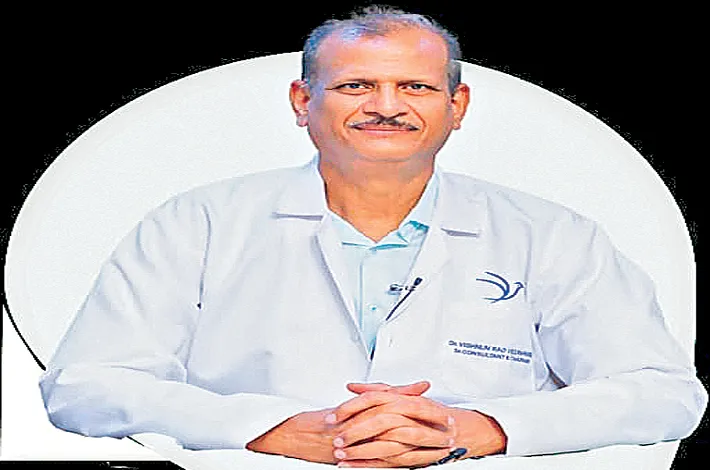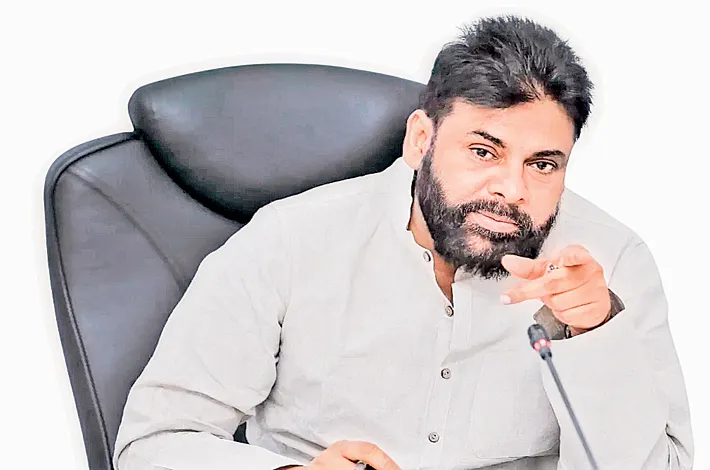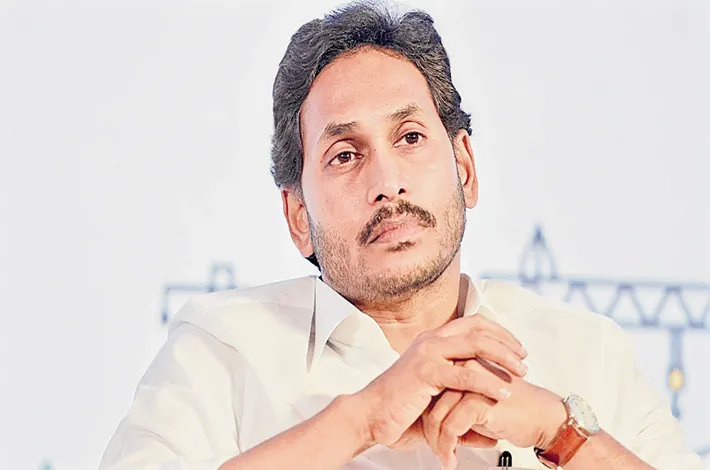Prevention is the best medical intervention: SWASA Foundation Chairman Dr Vishnun Rao
01-01-2025 12:55:55 AM

Preventative care is akin to building a parapet wall around the well. By educating people about health risks, promoting lifestyle changes helps a great deal
Metro India News | Hyderabad
SWASA Foundation, SWASA Hospital, Hyderabad Chairman Dr Vishnun Rao Veerapaneni said “In today’s fast-paced world, the importance of prevention in healthcare cannot be overstated. Yet, we live in a society that largely values intervention over prevention, prioritizing specialized, high-cost treatments over simple, effective preventative care.”
This imbalance in our healthcare focus has created a “falling and saving” cycle - where individuals face crises, and healthcare providers rush to resolve them, often at a high financial and societal cost, said Dr Vishnun Rao.
In our analogy, people are constantly “falling” into it - unknowingly facing health issues due to poor lifestyle choices, lack of awareness, and environmental factors. This well represents a variety of health challenges like lifestyle diseases like diabetes, respiratory illnesses from pollution, and mental health issues exacerbated by stress.
In this model, the healthcare providers who rescue those who fall are our saviors, the late interveners. They are the doctors, specialists, and healthcare facilities who intervene to pull patients out of these crises.
However, this intervention comes at a cost. The global healthcare system is heavily burdened by rising cases of preventable illnesses. According to the World Health Organization (WHO), 71% of all global deaths are caused by non-communicable diseases (NCDs), many of which are preventable with lifestyle changes and early preventive measures.
For example, diabetes affects 422 million people globally, yet with proper diet, exercise, and regular screening, many cases could be prevented or managed before escalating. The cost of treating diabetes and its complications worldwide has reached nearly $850 billion per year, highlighting the financial weight of late intervention.
The pattern of “falling” and “saving” has become a lucrative industry. Today, specialized and super-specialty hospitals are celebrated for their ability to save lives with cutting-edge technology, skilled specialists, and state-of-the-art procedures.
While these interventions are undoubtedly necessary and life-saving, they are also costly. An intensive care unit (ICU) stay, for instance, can range from $10,000 to $50,000, depending on the country and complexity of care. These figures show the heavy economic toll on both individuals and healthcare systems.
Moreover, as the number of people falling into this “well” increases, so does the demand for saviors. This demand has led to the proliferation of specialized care facilities and a booming market for tertiary and quaternary care.
Yet, the root causes that push people into the well in the first place - poor lifestyle choices, environmental pollution, and a lack of awareness about health risks - are rarely addressed.
Preventative care is akin to building a parapet wall around the well. By educating people about health risks, promoting lifestyle changes, and implementing early screening, we can prevent individuals from falling into crisis situations that demand costly interventions.








